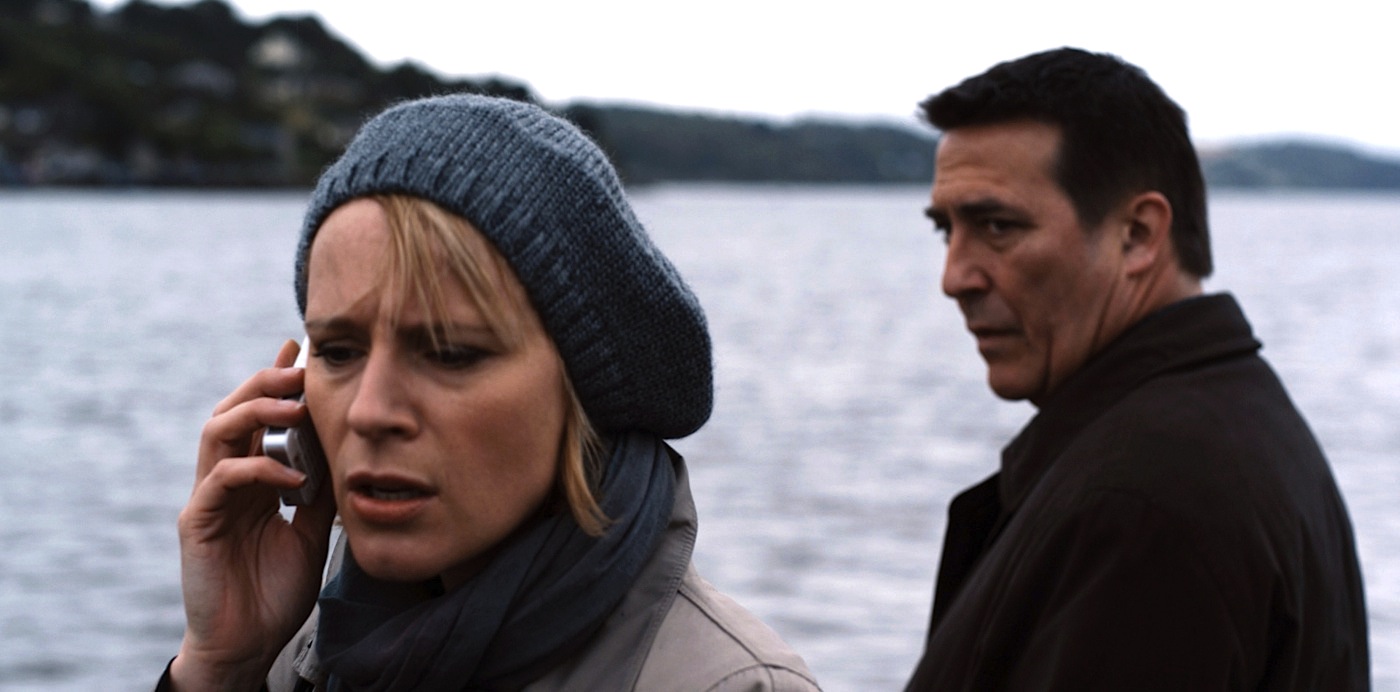A man is driving home at night in the Irish countryside when suddenly the ghostly figure of his father-in-law (Jim Norton), his face covered with blood, materializes on the passenger seat. This sudden incursion of the uncanny causes the driver to lose control of his car; presumably, some viewers shudder, and that all the more as such horror elements in Conor McPherson’s The Eclipse (2009) are rather unexpected. The film draws on realism – dealing with scenes in the everyday life of its protagonist, the woodwork teacher Michael Farr (Ciarán Hinds), a widower with two children to look after – and on profoundly human feelings such as love and grief. The realism of the photography is supported by the natural settings and by the actors’ fine performances, which reveal very clearly the vulnerability of the characters they play and strengthen the illusion of naturalism that is at the core of the cinematic text.
It is realism that inspired Billy Roche’s short story “Table Manners”, on which the film is based, but in rewriting much of the story, McPherson breaks through the boundaries of realism and explores the abyss between rationality and fantasy. In Roche’s story, Michael is not a widower and there is no recourse to the supernatural, a feature that is however typical of McPherson’s work for the stage, as in Shining City (2004), The Seafarer (2006), his adaptation of Daphne du Maurier’s The Birds (2009) and The Veil (2011).
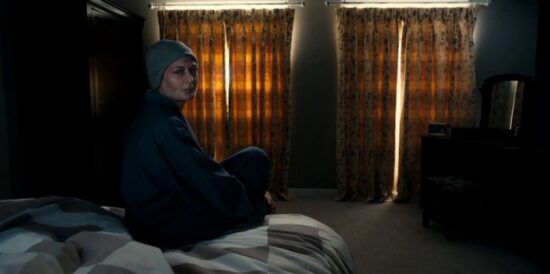
The first manifestation of the supernatural is in Michael Farr’s visions of his wife Eleanor (Avian Egan), who has recently died; visions that recast his memories so vividly that for the mourning widower she is real. In a shot/reverse shot sequence, Michael, lying in bed, looks at Eleanor, sitting on the edge of the bed and shown as a real person of flesh and blood from the moment she suddenly appears in the bedroom. There is no recourse to special effects, lighting, or acoustic means to give the human figure a supernatural aura. The fact that McPherson had an extremely small budget to produce his film could perhaps be one obvious reason for the absence of more sophisticated techniques and more spectacular scenes. The result, however, shows how much realism and mysticism fuse into each other and how much everyday life and inner feelings are blended together. The sequences with the phantom of Michael’s dead wife or his father-in-law’s ghost reveal the fluidity of the boundary between the two worlds – the world of the living and an imaginary other world – thereby emphasizing that hallucinations can be the product of intensely strong grief.
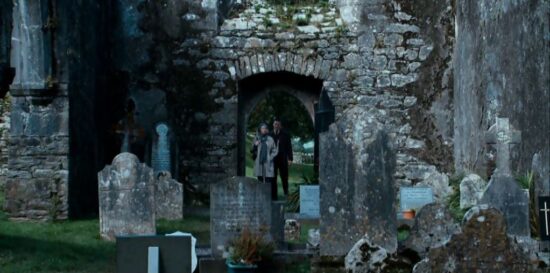
Filmed in the seaside town of Cobh in the southwest of Ireland, the setting not only contributes beautiful scenery but also gives the film a symbolic space-time ingredient, with manifold cultural connotations. The landscape and the architecture, in particular the neo-Gothic cathedral and the old manor houses and cottages, conjure up a whole cultural heritage imbued with the supernatural. The cathedral graveyard with its crosses is another realistic setting that is at the same time a dramatic and symbolic place linked to memory and death. The huge, grey buildings dominating the urban landscape and filmed under a leaden sky contribute to the sombre atmosphere that permeates McPherson’s film about a man who is traumatized.
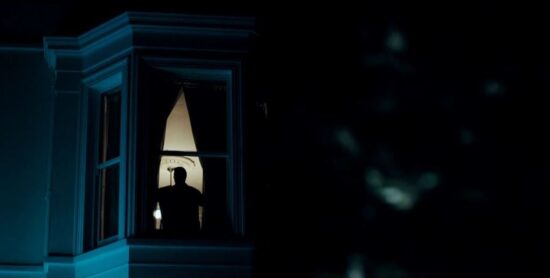
The inner journey of the male protagonist is told in very cinematic terms. Shadows and half-light reveal the bleakness that has invaded his life. The characters – mainly Michael himself – appear as dark figures silhouetted against a brighter background or even absorbed by the very darkness of the setting. The aesthetics of shade and light distorting the human body are signs of Michael’s shortcomings and his vulnerability. Gloomy images with destabilizing effects are a very appropriate means of indicating his disturbed mental state.
The stained-glass window in the cathedral, which the camera picks out in one shot, depicts the chosen and the damned at the Last Judgment – an appropriate motif for this cinematic tale in which the haunted widower Michael is torn between guilt and salvation. Mourning his wife’s premature death and unable to come to terms with it, Michael is also plagued by the guilty feelings of the survivor who falls in love again. He volunteers as a driver during the festival in the Irish seaport and is attracted to Lena Morelle (Iben Hjelje), a writer with a special interest in parapsychology. She becomes the only person Michael feels comfortable talking to about the strange feelings and visions that keep him awake at night.
Since Eleanor’s death, Michael has been caught in a world between sleeping and waking, a world that is captured visually by twilight and shadowy figures. Unable to let go, he is obsessed by the desire to see his wife again. He has daydreams in which he also sees his father-in-law Malachy walking around his (Michael’s) house. In search of this shadowy figure which has disappeared in one of the rooms, Michael moves towards a window behind closed curtains. Suspense is created by the slow movement of the camera towards the billowing curtains and by the eerie music. However, when Michael draws back the curtains with an abrupt gesture, there is nobody behind them – this dénouement suggesting that the mysterious intruder is merely a product of his imagination.
The unspoken and the unsettling are lingering elements in the film, contributing to the protagonist’s feelings of guilt, which helps to explain his obsession with Malachy. After being unnerved when Malachy appears for the first time as a dark figure in his house (at this point the old man is still alive and living in a home for the elderly), Michael suddenly remembers that he forgot to pick his father-in-law up and take him to the festival launch. And before the ugly figure of Malachy frightens him in the car, Michael has a daydream in which he follows Lena into her bedroom.
Strange noises and scary appearances – devices borrowed from horror movies – are a drastic challenge to the realism in the film. In one sequence, indefinable noises persuade Michael to open a wardrobe, but the only things he finds are Eleanor’s shoes. When he picks up a pair, he is grabbed from inside the wardrobe by Malachy’s ghost, whose face is terribly distorted, and thrown to the floor. Michael fights an unknown force, his wriggling feet framed in close-up. This sequence begins in total silence, but the sudden appearance of the phantom in the wardrobe is accompanied by a scream, another very conventional cinematic device from the repertoire of horror films, which here effectively heightens the shock created by the appearance of the disfigured Malachy.
Sound and music contribute to McPherson’s space-time constructs in which the boundaries between real life and imagination, between reality and a different, spiritual world are constantly and subtly blurred. The sounds of daily life mingled with a melancholy tune create an atmosphere of sadness and fear. The music was composed by McPherson’s wife Fionnuala Ni Chiosáin, and the choral pieces in particular effectively reinforce the horror elements and the spiritual world into which The Eclipse leads the viewer.
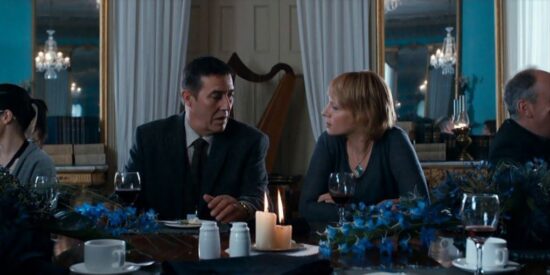
The darkness invading the film suggests the moment of an eclipse which, in symbolic terms, indicates the idea of loss as well as a moment of magic. The title suggests that Michael’s grief could be overcome, for an eclipse is only a temporary phenomenon. Lena, who wrote a book called The Eclipse, becomes the catalyst, helping Michael to return to normality. After they have kissed passionately, Michael has another vision of his wife, leading to a belated but inevitable last farewell. By embracing her husband, Eleanor frees him from his supernatural visions and releases him into a new future. The Eclipse ends with a moment of hope as the widower, liberated from terror and fear, starts a new life.
